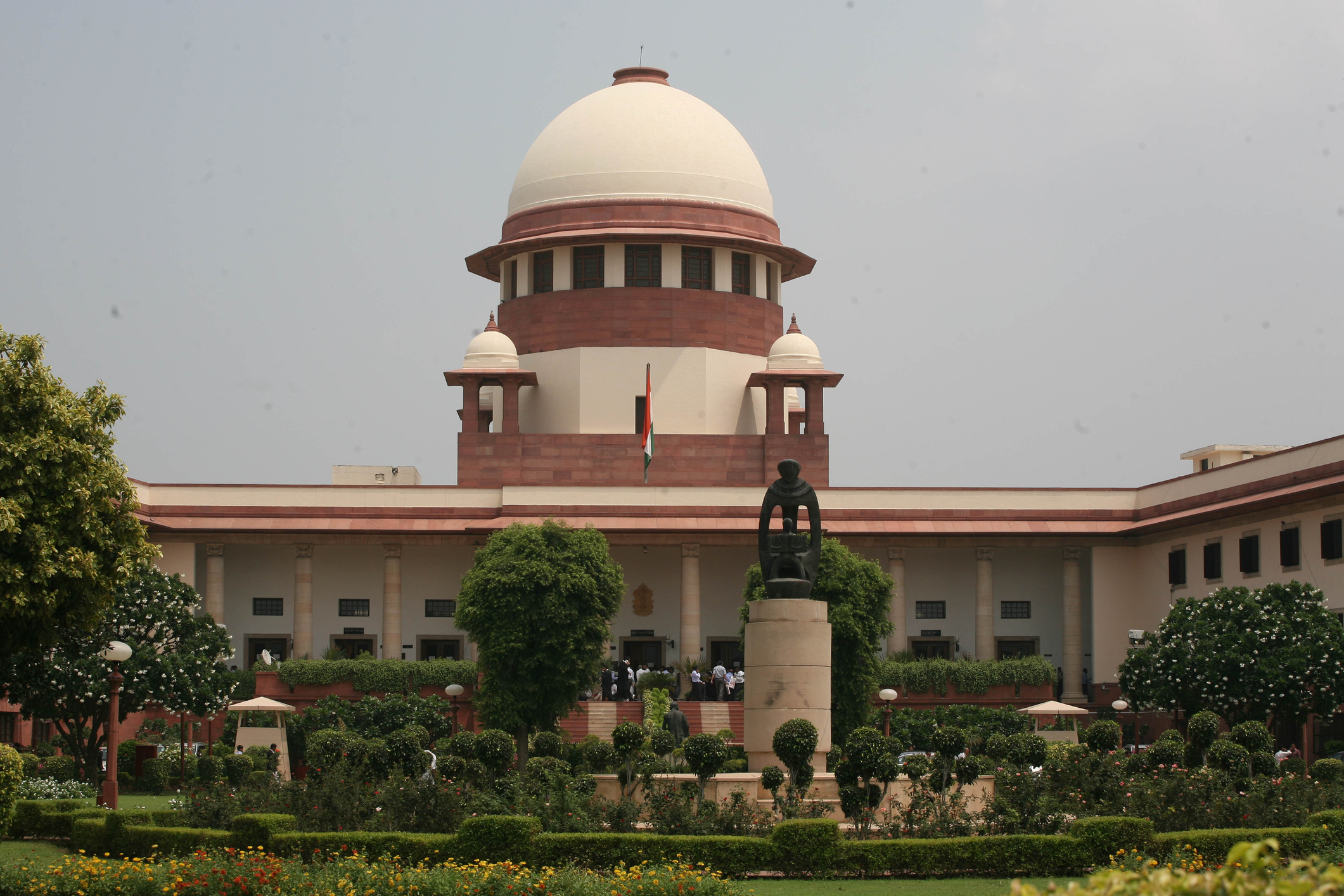Four new Supreme Court judges took oath of office on Monday, taking the total strength of judges in the apex court to 34.
Chief Justice of India Ranjan Gogoi administered oath of office and secrecy to justices Krishna Murari, S. Ravindra Bhat, V. Ramasubramanian and Hrishikesh Roy in a simple function in courtroom one.
The appointment of the four judges takes the number of judges in the apex court to the total sanctioned strength of 34, including the CJI.
While Justice Murari headed the Punjab and Haryana High Court, Justice Bhat was the chief justice of Rajasthan High Court.
Justices Ramasubramanian and Roy headed the Himachal Pradesh and Kerala high courts, respectively.
The Centre had on Wednesday cleared the names of the four high court chief justices, who were recommended by the apex court collegium on August 30 for elevation as apex court judges.
The sanctioned strength of the Supreme Court was increased days after the Chief Justice wrote to Prime Minister Narendra Modi to increase the number of judges in the top court.
According to a written reply by the law ministry to a Rajya Sabha question on July 11 this year, 59,331 cases are pending in the top court. Due to a paucity of judges, the required number of constitution benches to decide important cases involving questions of law were not being formed, the CJI had said.
The Supreme Court (number of judges) Act, 1956, originally provided for a maximum of 10 judges (excluding the CJI). This number was increased to 13 by the Supreme Court (number of judges) amendment act, 1960, and to 17 in 1977. The working strength of the Supreme Court was, however, restricted to 15 judges by the cabinet (excluding the CJI) till the end of 1979.
But the restriction was withdrawn at the request of the Chief Justice. In 1986, the strength of the top court was increased to 25, excluding the CJI. Subsequently, the Supreme Court (number of judges) amendment act, 2009, further augmented the strength of the court from 25 to 30.











